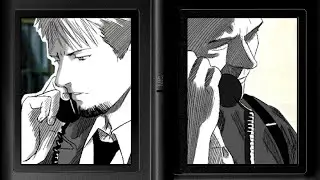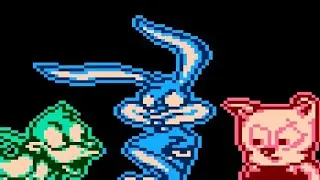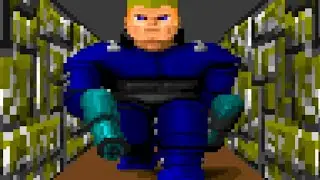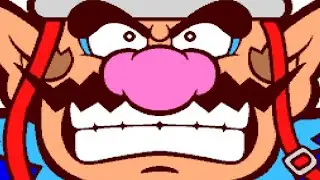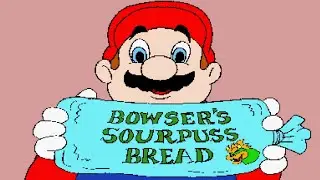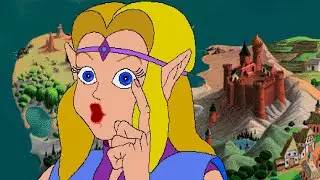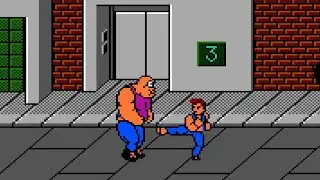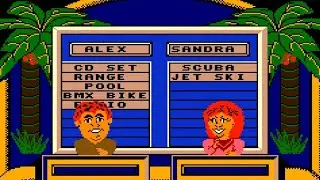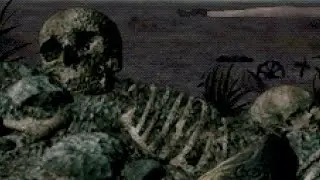The Legend of Zelda: A Link to the Past (Game Boy Advance) Playthrough
A playthrough of Nintendo's 2002 action-adventure game for the Nintendo Game Boy Advance, The Legend of Zelda: A Link to the Past.
Ten years after its initial SNES release, Nintendo brought The Legend of Zelda: A Link to the Past ( • The Legend of Zelda: A Link to the Pa... ) out of retirement and gave it a second shot at the spotlight. And this time, the entire adventure could fit in the palm of your hand.
The game was part of "The Legend of Zelda: A Link to the Past and Four Swords," a collaborative effort between Nintendo and Capcom that paired an updated port of ALttP and a brand new multiplayer-based Zelda title together on a single GBA cartridge. They're both standalone titles, though a few crossover features - most notably, a new dungeon that appears in ALttP's overworld once you've finished both games - show up in a seeming nod to the link feature that bridged Capcom's pair of GBC Zelda titles, Oracle of Ages ( • The Legend of Zelda: Oracle of Ages (... ) and Oracle of Seasons ( • The Legend of Zelda: Oracle of Season... ).
But what I find interesting about this port of A Link to the Past is the ways in which it differs from the original Super Nintendo game. The core game remains essentially unchanged, but there are several minor differences that lend the GBA port its own unique zing. Among the changes made:
-Link now yells when he swings his sword or falls from a ledge
-The sword can now destroy pots and signs, the mallet can be used to smash rocks and shrubs, and grass and shrubs can be cut with the upgraded boomerang
-A death only counts toward the end tally if you save the game after dying
-The text has been heavily edited and revised, and some locations have new names (e.g. "Blind's Hideout" is now "Thieves' Town")
-There's a new type of Like Like in the Dark World that can eat Link's shield and escape with it
-A few enemy and warp portal placements have been changed
-Some of the character and enemy sprites have been altered
-Some rocks can now be smacked for rupies
-Trees only spit bombs at you after you talk to them
There are plenty of other differences, but those are the ones that stuck out to me the most, changes resulting from hardware differences (aspect ratio, color palettes, audio quality, etc.) notwithstanding.
Which version of the game do you guys prefer? And is your preference based on anything specific, or is it because you're more familiar with one over the other, or...?
(I gotta admit, in this case, the nostalgia is far too strong for me to resist.)
*Recorded with a Retroarch shader to mimic the look of the original hardware.
_____________
No cheats were used during the recording of this video.
NintendoComplete (http://www.nintendocomplete.com/) punches you in the face with in-depth reviews, screenshot archives, and music from classic 8-bit NES games!


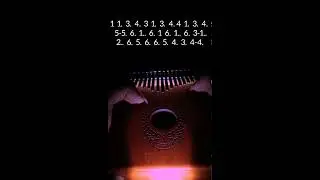
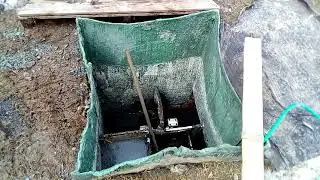
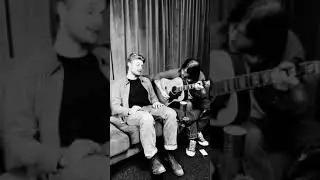
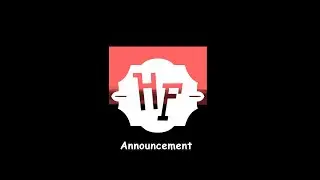
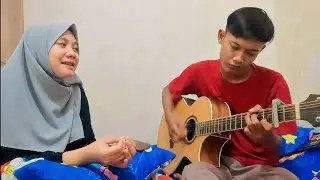
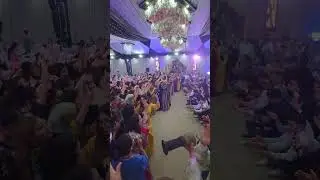
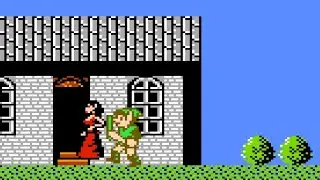
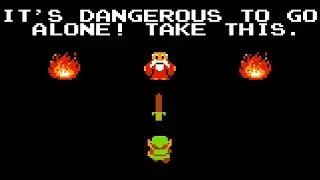

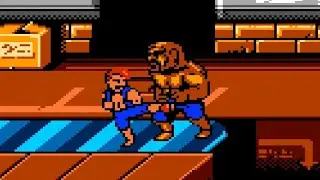


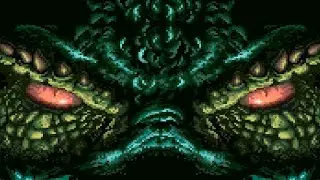
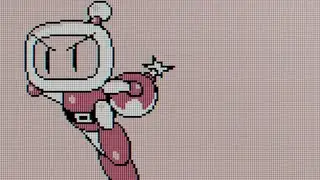

![Altered Beast (PC Engine CD) Playthrough [English]](https://images.mixrolikus.cc/video/s4PwJwcm5d8)

